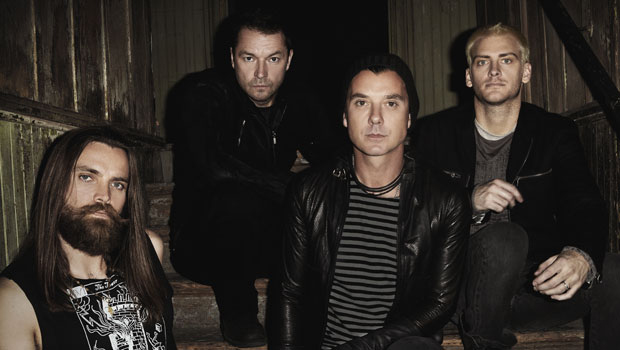
It took a full decade, but '90s alternative rock outfit Bush have come back down from the clouds.
Fronted by lead singer/rhythm guitarist Gavin Rossdale, the band, best known for radio staples like “Comedown” and “Machinehead,” return September 13 with their fifth full-length release, The Sea of Memories.
When it came to reforming Bush, “It was like, ‘Why am I fighting this?’” said Rossdale, who’s joined by original drummer Robin Goodridge, former touring guitarist Chris Traynor and new bassist Corey Britz on the upcoming LP, the band’s first since disbanding after 2001’s Golden State.
Even during Bush’s downtime, however, Rossdale and Traynor couldn’t escape each other; the two played together in post-Bush project Institute, and Traynor contributed to Rossdale’s 2008 solo album.
“We have the ability to go in a lot of different directions together,” said Traynor, who’s also enjoyed stints with popular post-hardcore groups Helmet and Orange 9mm.
The pair of guitarists recently talked with Guitar World about reviving Bush, their musical relationship and the Bob Rock-produced The Sea of Memories.
GUITAR WORLD: What was the impetus for getting Bush back together? What was that process like?
Get The Pick Newsletter
All the latest guitar news, interviews, lessons, reviews, deals and more, direct to your inbox!
Gavin Rossdale: It was something I always wanted to do really, something I had been trying to do for some time. I was really just waiting for the opportunity to do a complete reunion with the four original members, and then when I realized that wasn’t going to happen, I decided to just do it anyhow, because I thought it would be better for the songs. It was like, “Why am I fighting this?” Even with the success of the solo record, the question was always, “Is the band getting back together?”
Chris Traynor: It was kind of an out-of-the-blue thing. When we were about to do the second solo record, Gavin came to me and he said, “I think I want to do Bush,” and I said, “That’s cool.” Gavin and I are pretty close friends, so when he brought it up, I thought he meant he’d be doing it without me, but he asked me to do it with him. It was something I knew in the back of my mind was always going to happen — I just didn’t know whether it would happen with me or not.
Lead single “The Sound of Winter” has been getting good reception at rock radio, and your live shows have been getting great reviews. What’s it like for the music world to welcome Bush back with such open arms?
GR: It’s fantastic. Obviously, we had lots of love in the past, because we played to a lot of people, sold a lot of records and made a lot of people happy. However, I think with great success always comes great criticism. To have this situation where we’re getting good reviews, it’s a great bonus, but I try to be careful not to be seduced by it either way. Especially now with the Internet, with blogging and so forth, you have more published opinions than you ever thought were possible. So you just try to keep your head down, stay humble and be good at what you do. It’s really as simple as that.
The songs on The Sea of Memories — have you been writing these over the past 10 years or are they more recent compositions?
GR: No, “The Sound of Winter” itself is just three or four months old. Nothing is carried over. I do have a list of unused, unwanted songs, and there’s probably about 75 in there. Every time I go into a new record, I look through those and go, “Hmmm, that’s okay.” They have bits of them that I don’t mind, but each one will have something I think can be improved. When I’m in the studio, I’ll start with three or four songs for a week, and then I love nothing more than to get rid of one. It’s like musical liposuction — it feels so liberating, because then what’s left is really essential.
What gives you guys that musical chemistry that keeps you collaborating?
GR: I think it starts with our friendship — we just like being around each other and we get along great. He’s continued to improve and blows me away with his progress all of the time.
CT: The first time I ever recorded with Gavin was when I came over to do rehearsals for Bush for the Golden State tour. He was doing some demos in his house the first day, and as soon as I got off the plane, he asked me to come over and so some recording. I think it was a bit awkward, but I got some stuff that he liked, and over the 10 years we’ve been building a trust and non-verbal communication that works. I can kind of get the guitar parts that are in his head — sometimes he hums things to me. We have the ability to go in a lot of different directions together, which is enjoyable.
What gear setups have you been using on tour and in the studio?
CT: I have two totally different setups. I use the main 1973 Les Paul Custom I’ve had since I was 18 years old. I’ve used that on pretty much every record I’ve ever played on. I just started using that live with Bush again, because I’m just so in love with it and I don’t want to leave it in a closet. That’s the only consistent piece of gear between recording and live. Live, I use Fractal Axe-Fx through Atomic Power Amps into an Atomic Custom Shop cabinet. I’ve been kind of running that rig all over the world for three years. In the studio, I have cases of vintage pedals and my main two amps are a Divided 13 FTR 37 and a Modified JCM 800.
What’s it about that Les Paul that makes it so special?
CT: I learned how to play guitar by spending a summer indoors with every Led Zeppelin album on vinyl. Les Pauls are expensive guitars, so as a kid, I could never really afford one. One day, when I was living in New York City with my girlfriend at the time, I was on my way to pay the rent at the apartment we were subletting, and I stopped by Carmine Street Guitars, where they had a used 1973 Les Paul Custom. It was $850, which was exactly what my rent was, so I walked in and I used the rent money to buy the guitar. We had problems with our landlord, but it was one of the best decisions I’ve ever made.
The Sea of Memories, the new album by Bush, comes out Sept. 13 via Entertainment One Music.
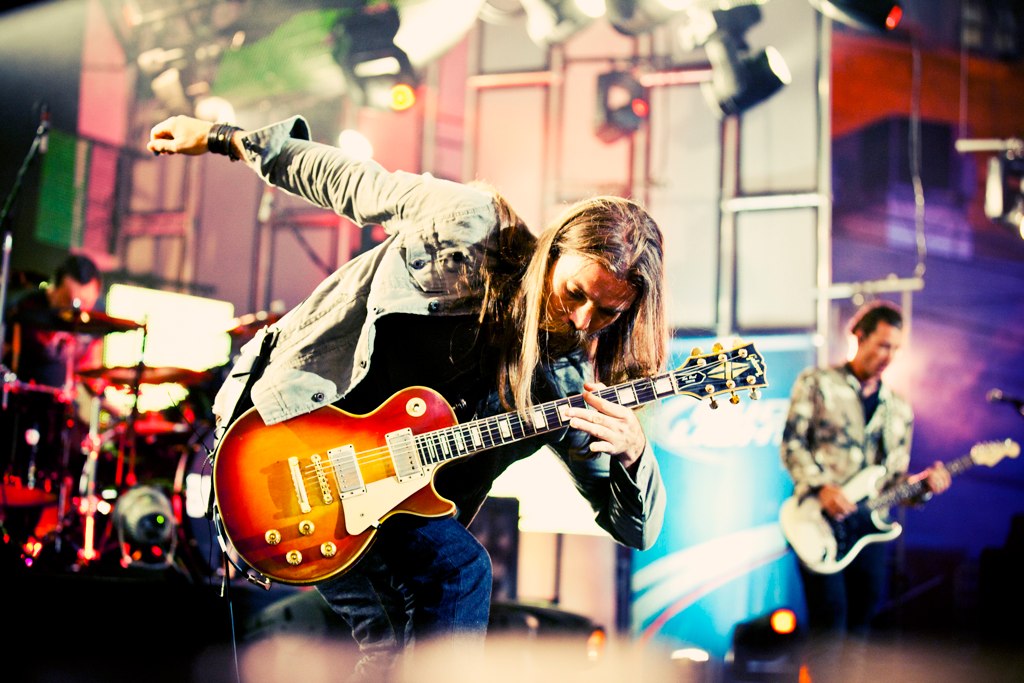
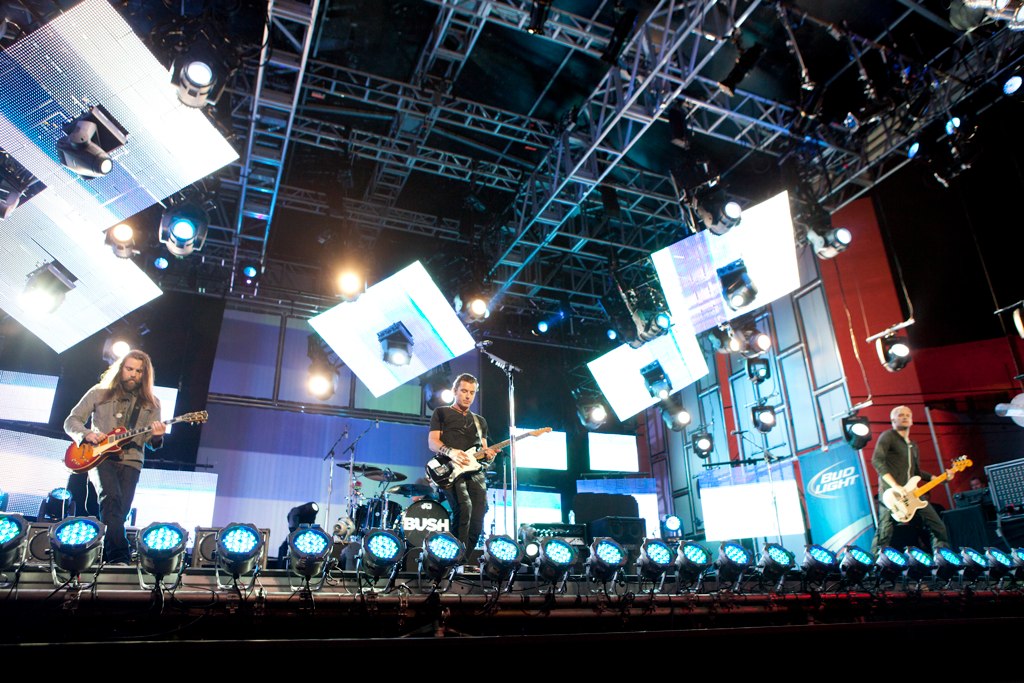
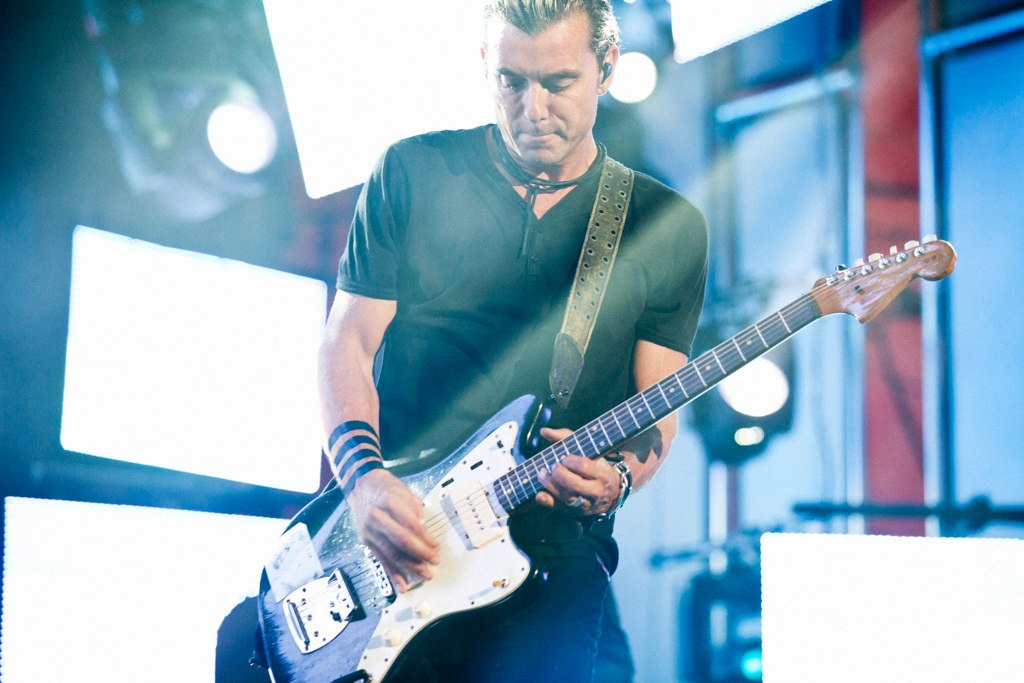
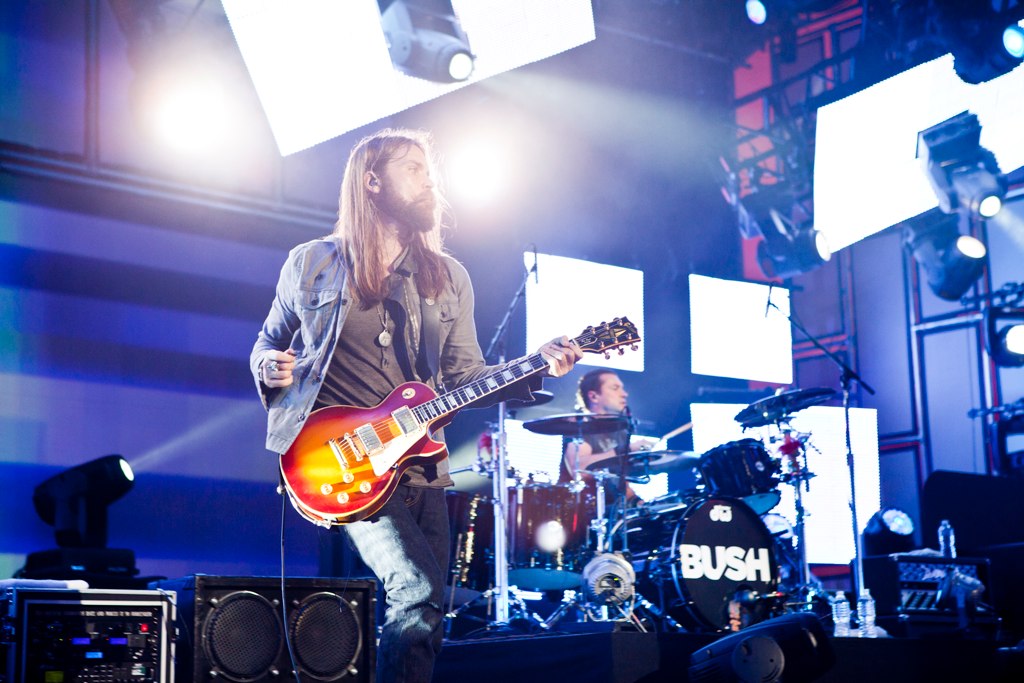
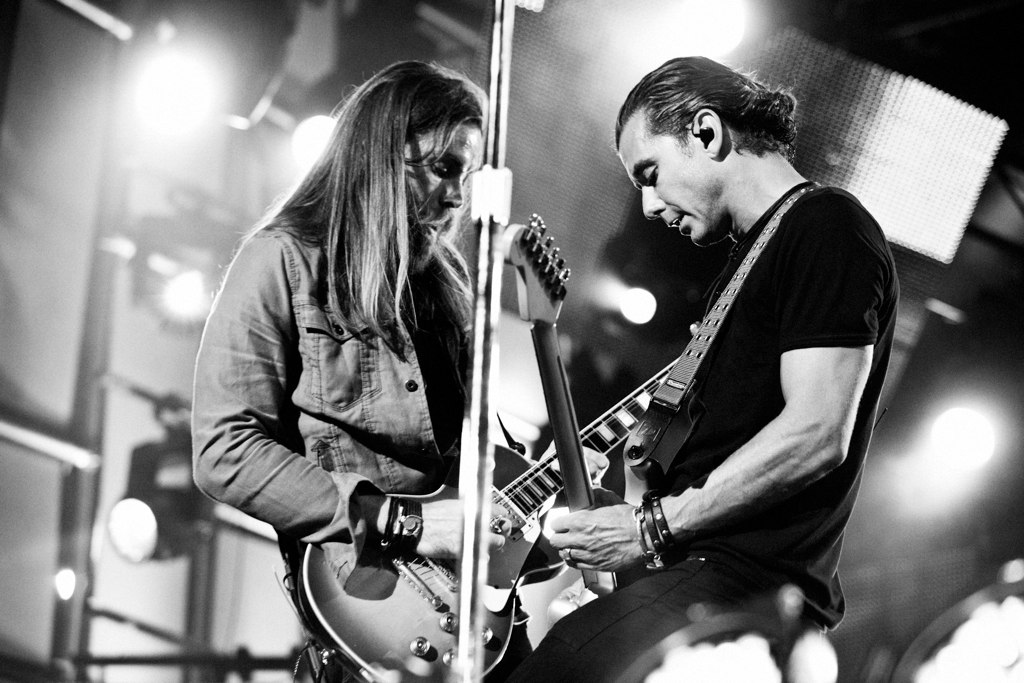
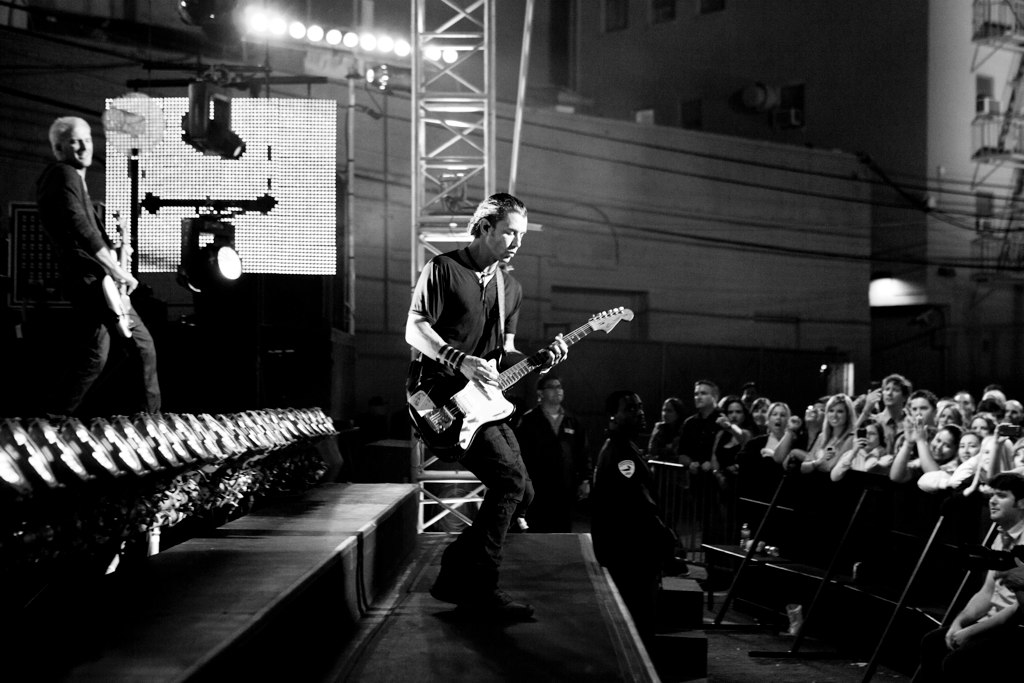
“His songs are timeless, you can’t tell if they were written in the 1400s or now”: Michael Hurley, guitarist and singer/songwriter known as the ‘Godfather of freak folk,’ dies at 83
“The future is pretty bright”: Norman's Rare Guitars has unearthed another future blues great – and the 15-year-old guitar star has already jammed with Michael Lemmo









